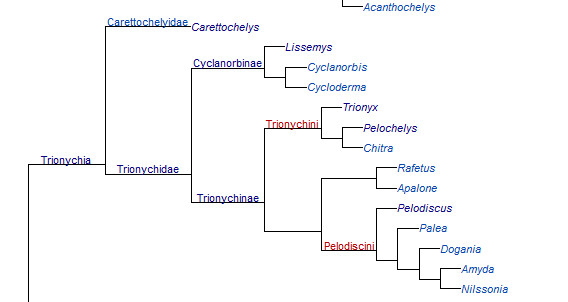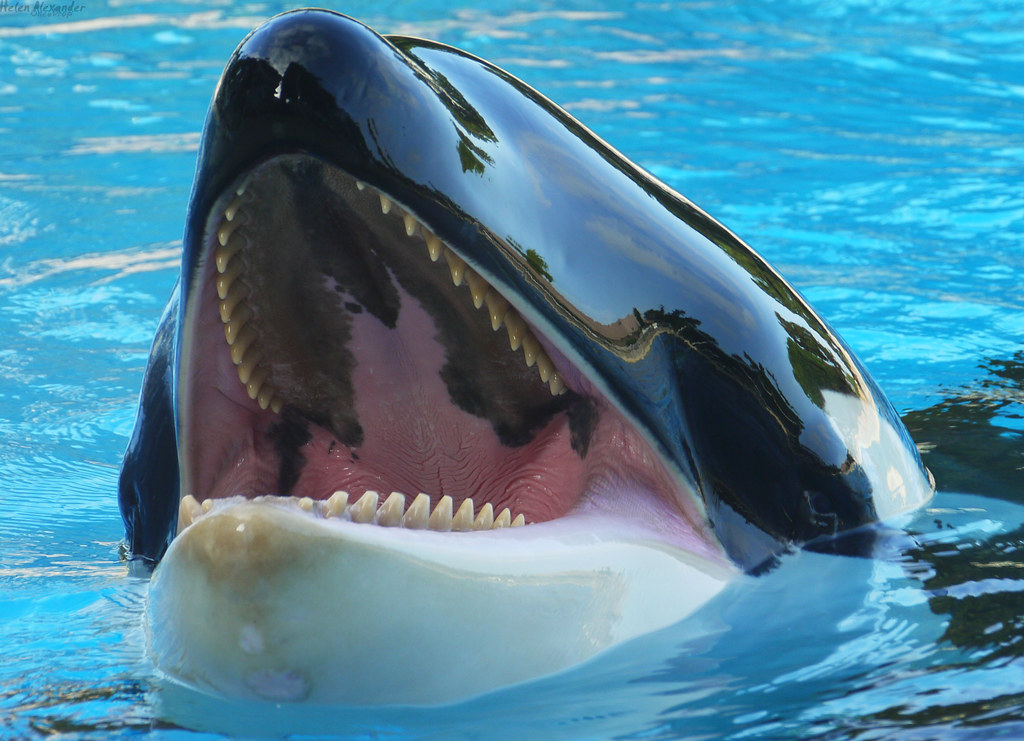A while ago (over 4 years! Where does the time go?), I wrote a journal on why I didn’t think theropods had lips, at my deviantArt website (http://palaeozoologist.deviantart.com/journal/Theropod-lips-I-don-t-think-so-288659080). That post generated a number of comments, both in favor of my hypothesis and against.
My attention had been directed to a new abstract was recently published by a commenter on my journal regarding this and I wanted to discuss it. Presented at the 4th Annual Meeting, 2016, Canadian Society of Vertebrate Palaeontology, in it the authors favor giving theropod lips. When I first read it, I thought, “They have a pretty good case, looks like I am wrong, and will need to start drawing theropods with lips again.” However, upon re-reading it, I am not so sure.
I am copying the text of the abstract since it is relatively short:
(Oral Presentation)
Dental anatomy and skull length to tooth size ratios support the hypothesis that theropod dinosaurs had lips
Robert.R. Reisz1, D. Larson2
1Department of Biology, University of Toronto Mississauga, 3359 Mississauga Road,
Mississauga, Ontario, L5L 1C6, robert.reisz@utoronto.ca
2Department of Ecology and Evolutionary Biology, University of Toronto, 100 Queen’s
Park, Toronto, Ontario, M5S 2C6, Canada, derek.larson@mail.utoronto.caTwo competing hypotheses, whether the large teeth of theropod dinosaurs were
exposed or covered by peri-oral tissues or lips when the mouth was closed, are tested
using phylogenetic bracketing, dental anatomy and development, and regression analysesusing skull length to tooth size ratios.
Two different anatomical patterns can be discerned in reptiles. In crocodiles, the
closest extant, toothed relatives of theropod dinosaurs, about ¼ of the tooth is covered by gingiva, but there are no lips, and the crowns are exposed permanently. In contrast, in extant squamates, a more distant reptilian relative to dinosaurs, teeth are covered by lips when the mouth is closed, and there is extensive gingiva. Phylogenetic bracketing, in the absence of evidence from birds and from fossils would tend to support the hypothesis that the large teeth of theropod dinosaurs would be exposed when the mouth is closed, although there is little reason to suggest that the same was the case for the small teeth of other dinosaurs, like the cheek teeth of ornithischians.Dental anatomy and development offer a different perspective. As the hardest
vertebrate tissue, enamel has a low water content (Zheng et al. 2013), and is hydrated and maintained by glandular secretions in the mouth. We propose that this requirement of hydration is not possible to maintain if the tooth is exposed permanently. We tested this by examining the exposed teeth of terrestrial mammals (tusks), modified teeth that evolved independently in several mammal clades.Histological thin sections show that tusks in mammals do not have enamel. At the initial stages of development, some enamel may be formed, but soon after eruption the enamel is worn away, and may be replaced by cementum. This suggests that the large teeth of theropod dinosaurs, all known to have well preserved and maintained enamel, even with specialized ziphodonty (Brink et al. 2015), were not exposed permanently, but covered by reptilian lips similar to those found in squamates.
Similarly, ordinary least squares regression analyses of skull lengths to tooth sizes
in varanid lizards and theropod dinosaurs of various sizes indicate that the teeth of
theropod dinosaurs conform to the same pattern as varanid lizards. This provides strong added support to the hypothesis that theropod dinosaurs had lip-covered teeth, as teeth in theropod dinosaurs are no larger than would be expected in a similarly sized varanid lizard. This conclusion has wider implications, suggesting that this may be the primitive condition for all terrestrial vertebrates, allowing us to test whether the large, tusk-like structures of some basal ornithischians (Weishample and Witmer 1990), or the large canine-like teeth of terrestrial vertebrates (Brink et al. 2015) were exposed or not.Finally, we propose that the lip-covered dental pattern is primitive for terrestrial
vertebrates, and that of crocodilians is a derived condition related to their secondary
aquatic or semiaquatic adaptations. It should be noted that terrestrial stem crocodilians (Clark et al. 2001) have a dental anatomy very similar to that of theropod dinosaurs, and likely had lips too.
Since it is an abstract only, and the actual data hasn’t been published, I can only comment on problems with I see with how they frame the hypothesis and test it.
In the third paragraph they posit that enamel needs to be adequately hydrated to be maintained, and that this would not be possible with permanently exposed lips. They appeal to histological evidence in mammalian tusks that show that the teeth are covered in cementum, not enamel, and thus dinosaurs must have had lips.
There are several problems with this.
(A) Mammalian tusks are very specialized structures and are not used like other teeth. Mammals that have tusks tend to use them in specialized tasks such as rooting through dirt, fighting (as in elephants) or digging (see warthog image below).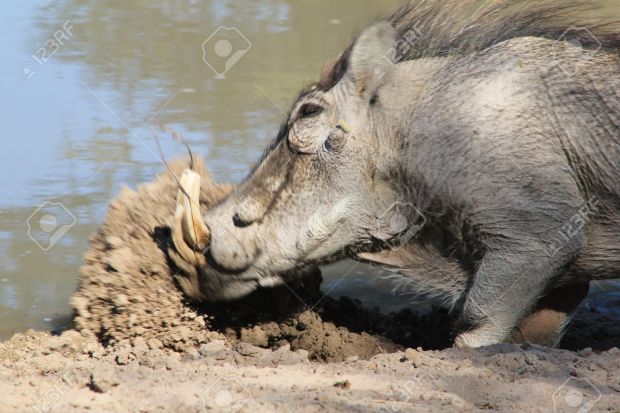
Why would we expect animals engaged in such specialized behavoiors to be histologically similar to theropods? I am not aware of any theropod that is hypothesized to have used it jaws (and thus teeth) in similar behaviors. Of course if an animals is using it’s teeth in ways that are being constantly abraded by rough dirt and clashing, I would expect the enamel to be replaced by cementum. I don’t think this is a good behavioral analogy to theropods at all, and thus is a very weak argument in support of lips.
(B) Having teeth that are partially exposed some of the time (for extended periods) and then completely submerged in water on a repeated basis would actually be worse. Crocodiles spend a significant time sunbathing in order to modulate their internal temperature as they are ectothermic:
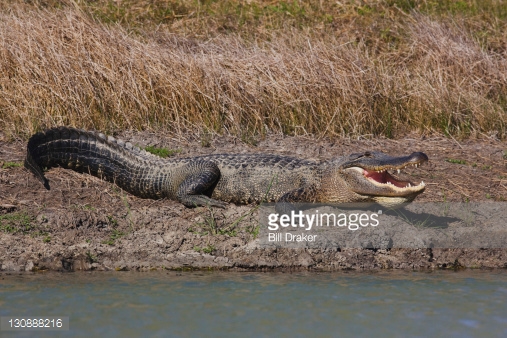
If hydration of the enamel were a problem, one would actually expect crocodiles to retain their lips. Anyone who has had to repeatedly wash their hands over an extended period of time knows how repeated washing and drying chaps the skin. For animals that are semiaquatic, one would think if lips were needed in order to protect the enamel, lips would be retained in order to avoid extremes of being dehydrated to being completely saturated.
(C) In addition to the problems with analogous behavior between theropods and tusked mamals, there is another problem: Mammals are, by-and-large, diphyodont, whereas theropods (as well as crocodiles) are polyphyodont. What this means is that most mammals only have two sets of teeth, the deciduous set (aka primary or “baby teeth” in humans), followed by the permanent set. Theropods, on the other hand, continuously shed their teeth throughout their lives. This rate varies, but appears to have been equivalent to modern day crocodiles (http://www.ncbi.nlm.nih.gov/pmc/articles/PMC26184/), about 1 to 2 a year. In at least some sauropods, they replaced their teeth every one to two months (http://journals.plos.org/plosone/article?id=10.1371/journal.pone.0069235).
Unlike squamates whose teeth are directly fused implanted to the jawbone (i.e., no tooth sockets; this can take the form of acrodonty or pleurodonty – the latter in which they are fused or ankylosed to the jaw bone; see Jaime’s comments below on my choice of terminology, as well as my response), theropods and crocodiles also share in having in their dental anatomy tooth sockets (alveoli). What this means is that there is already a replacement tooth right behind when a tooth is lost and can quickly be replaced.
So theropods have the best of both worlds, continuous (see comment below) repeated replacement of their teeth as in squamates, as well as having tooth sockets like mammals.
I would hypothesize that this would enable theropods to overcome any concerns of eroding enamel.
(D) Other semi-aquatic and aquatic toothed animals have not lost their lips, or extraoral seals. If you looked at aquatic and semi-aquatic squamates, such as sea snakes, marine iguanas and and some lizards (such as the Chinese Alligator Lizard, see below), none have lost their lips:
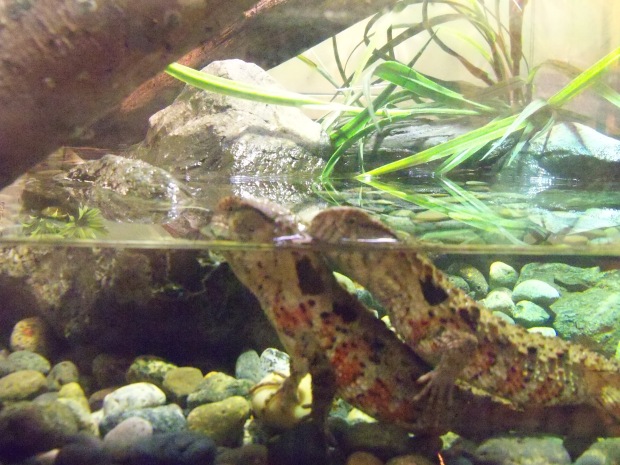
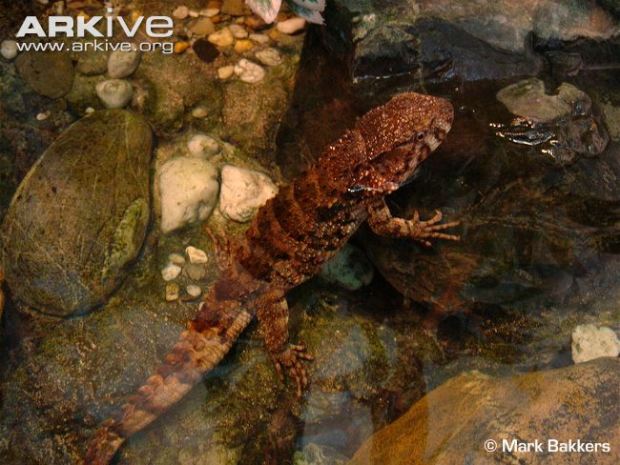
Sea snake:
Marine iguana:
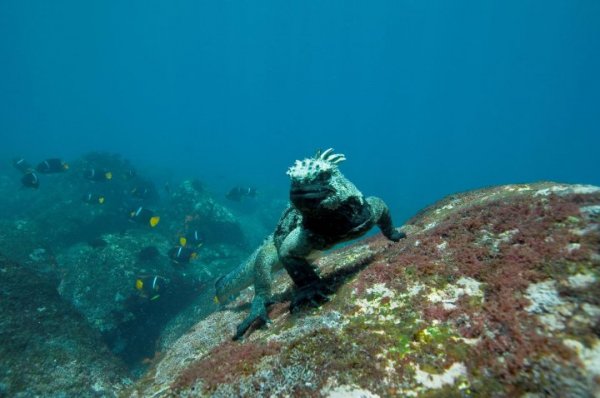
Anaconda:
And a nice short video of a water monitor (Varanus mertensi):
So I don’t understand what the evolutionary reasons would be for crocodiles to lose their lips, since all other extant toothed reptiles that are aquatic or semi-aquatic have not lost their lips.
Nor have aquatic and semi aquatic mammals:
Elephant seal (female):
Otter:
Orca:
(Quick side note on whales: while whales no longer have muscular movable lips, they have retained the oral seal, and when the mouth is closed, the teeth are invisible).
It’s therefore not clear why crocodiles would lose their lips, and stating that is because of their aquatic or predatory habits is falsified by the above examples. It is also interesting to note that some of the most derived members of the Trionychia (soft-shelled turtles) have lost (or nearly lost) their beaks (external premaxillary, maxillary and dentary rhampotheca, see Jaime’s comments and my response below; they have retained an internal palatine and tomian rhampotheca) and have actually independently evolved fleshy lip-like structures, and are aquatic:

Note that this really is an independent evolution, as the most basal members of crown Trionychia, such as Carettochelys , still have beaks, whereas derived members, such as Carettochelys Pelodiscus, have lost or nearly lost their beaks and replaced with lips (see cladogram from Wikipedia below). Turtles have interesting implications with regards to phylogenetic bracketing and the biological restrictions on lips, teeth and beaks. In the second part of this article, I want to discuss these evolutionary developmental reasons that, in my view, also suggest no lips – and not just for theropods, but likely for all dinosaurs.
